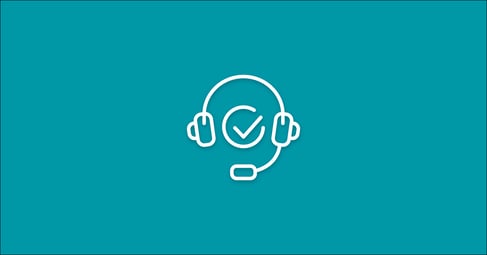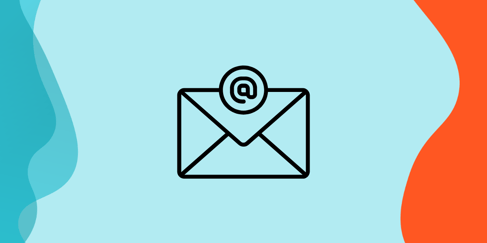Written By:
Tim Stobierski
Look, we all know that cold calling has been the norm for salespeople for a long time. And it makes sense: In days without email, that was one of the only ways to connect with a prospective buyer. But today’s buyer has a lot more control. To engage a buyer, you need to approach them where they want to be approached, and that is increasingly not by phone.
If Cold Calling Isn’t Dead, It’s Dying
Cold calling just doesn’t work as well as it once did anymore, and it’s killing your credibility with prospects. The reasons for this are varied, but can be boiled down to three basic reasons.
- Because of technological advances (DVR cutting out television commercials, caller ID cutting out sales calls), customers have gotten used to tuning out unwanted marketing, and the fact that you continue to try to sell to them can make them genuinely angry.
- Thanks to the internet, customers are a lot more informed than they used to be. If they want information on a product or service, they can just turn to Google or Yelp—they don’t need, or want, to be sold to by phone.
- Customers know that their time is valuable, so they aren’t willing to indulge a cold call.
Free eBook: The Definitive Guide to Selling Better and Faster
Need some additional convincing? Here are some statistics from a recent report by Hubspot to help illustrate why cold calling just isn’t a viable business strategy anymore:
- Only 2% of cold calls result in an appointment with a prospect.
- In 2007 it took an average of 3.68 cold call attempts to reach a prospect, while today it takes 8 attempts.
- The average sales representative spends roughly 15% of his time leaving voicemails.
- 80% of cold calls go to voicemail, and 90% of first time voicemails are never returned.
Email is where it’s at.
That same report by Hubspot points the way forward for salespeople and marketing teams: Compared to cold calling, email marketing brings in two times the ROI as does cold calling, networking, or trade shows.
The future of selling is becoming increasingly reliant on email. For starters, it’s just more user-friendly: Email doesn’t interrupt someone’s day the same way that an unexpected cold call does. Even though you are reaching out to the buyer, the power is still in their hands—they choose when to read the message and how they would like to respond, if at all.
It’s a subtle message, but it shows your prospect that you value their time as opposed to a cold call. And showing that you respect a prospect is the first step in building a relationship with them.
The other big reason that email is more effective is that people are increasingly away from their desks. Today’s workforce works from home or while they are on the road much more often than in the past, making it much harder to reach them by phone (unless you’ve got their unlisted cell number). In this case, it doesn’t matter how many voicemails you leave if your prospect is never in the office.
Email, on the other hand, has become increasingly important to the workforce, especially thanks to smartphones. According to a report by Litmus, 48% of emails are opened on mobile devices. If your lead isn’t in the office, you’ll never connect with a call—but your chances are much higher by email.
But not just any email.
That being said, there are a lot of things that can go wrong with email marketing and sales outreach. Just as cold-calling doesn’t work, neither does sending spammy emails. To be effective in your outreach efforts, you’ve got to take the time to make sure you are providing value to your prospects with each email, or else they’ll stop opening your messages.
Email marketing and sales done right is called “lead nurturing.” As a process, it encompasses the many small steps that it takes to convert a lead into a customer. And lead nurturing emails are much more effective than one-offs or spam. Let’s return to the numbers in that Hubspot report one more time:
- Lead nurturing emails generate an 8% CTR compared to general email sends, which generate just a 3% CTR.
- Lead nurturing emails get 4-10 times the response rate compared to standalone email blasts.
- Personalized emails including the recipient’s first name in the subject line have higher open rates.
Making the Change
Cold Calling is a legacy sales technique that just doesn’t cut it anymore in today’s business world. Increasingly, leads prefer to be approached by email for first outreach and to survive you need to meet them where they live. By developing a top-notch lead-nurturing process for your sales team that involves email outreach tailored to your prospects, you can ensure that your business will continue to thrive.








